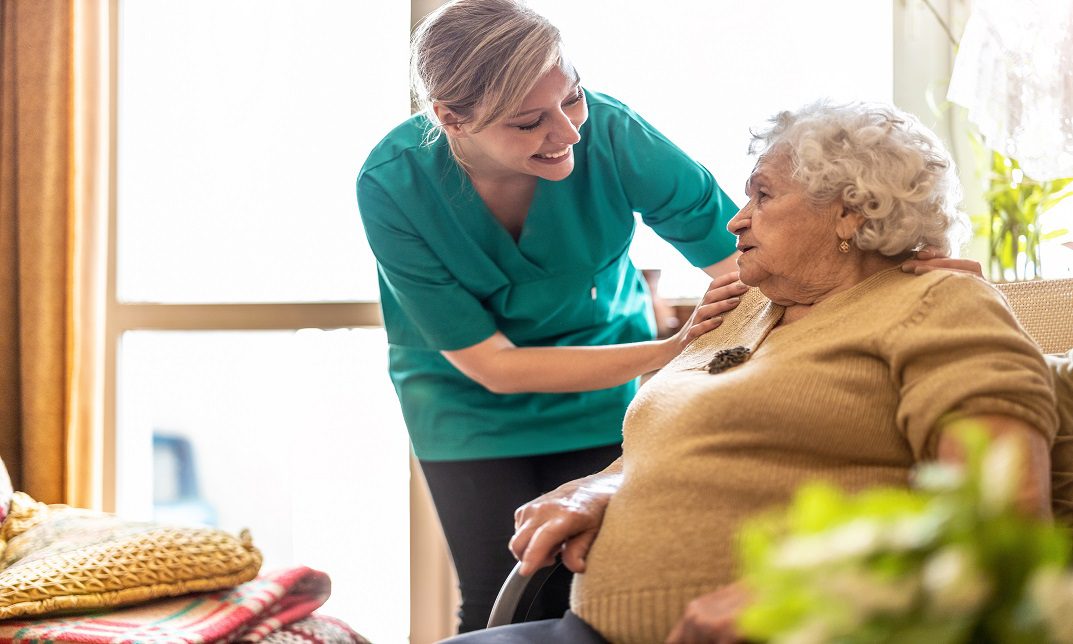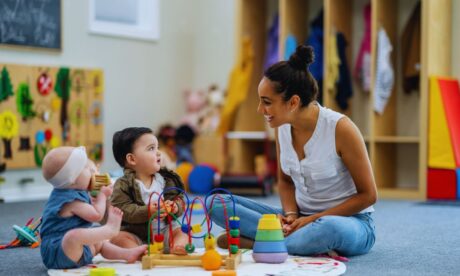Working together between different groups and skilled workers is very important. It helps fully and properly support people and communities in health and social care. Multi-agency working is a common name for this way of working together. To explore what is multi agency working in health and social care, think of it as a team effort. Different services join to meet a person’s full range of needs. This blog explains what is multi agency working in health and social care. It covers its good sides and bad sides, and how it changes social and health care results.
What is Multi Agency Working in Health and Social Care
Understanding what is multi agency working in health and social care helps highlight why no single service can meet every need on its own. Experts from many groups and areas work as a team to give full care and help. We call this multi-agency working. This means that health services, social workers, schools, police, housing groups, and others work together. They do this to meet the many needs of people and families.
This teamwork gives full care and help. That way, no one misses any part of a person’s needs. For example, a child with many needs might need help from social workers, teachers, and doctors. They will work together to make a care plan just for that child.
Good Sides of Multi-Agency Working
Working together across many areas, groups, and skilled workers helps solve hard problems. It also gives full services. People often use this in health care, social help, schools, and community work. Here are some good sides of multi-agency working:
- Better use of tools: Groups share what they have and know. This helps us use time, money, and space in smarter ways.
- Full care: Working together helps give care that centres on the person. It brings in many views and skills. These help cover all parts of a person’s needs.
- Early help: Teams find problems early and give help before things get worse.
- Better talking: Workers who often work together talk better with each other. This stops confusion and stops people from doing the same job twice.
- Better results: Working together gives people better care. This is true especially for those with many needs. Help comes early and in an organised way.
Ways to Make Multi-Agency Work Better
In health care, schools, social help, and community work, teamwork between groups is very important. It helps reach shared goals.
- Clear talking: People make plans for regular talking and sharing information. This helps everyone stay on the same page.
- Learning and growing: Workers from different groups train together. This helps them understand each other’s jobs and agree on shared goals.
- Strong leaders and plans: Good leaders and clear rules help teams from different groups work well.
- Using shared technology: Groups use shared online systems. These make it easier to share information and reduce paperwork.
- Care based on the person: People put the person’s needs and likes at the centre of choices. This gives care that fits each person well.
Problems with Multi-Agency Working
Even though working together has many good sides, it also brings some problems. Here are a few:
- Time and planning: Planning meetings and work times between different groups can be hard and take time.
- Not enough tools: Not having enough workers or money makes teamwork between groups hard.
- Not clear roles: If groups don’t make jobs clear, it leads to missed steps or people doing the same job twice.
- Sharing information: Rules about keeping data private make it hard for groups to share important details.
- Different group habits: Different ways of working, rules, and words used by each group make teamwork harder.
The Future of Multi-Agency Working
To solve hard problems and give full help to people, multi-agency working means groups work together. These include housing, social work, health, schools, and police.
To make this work better, groups must work more closely, use technology well, and plan together to solve problems in society.
To do this right, groups must bring in new ideas, follow open leaders, and focus on shared goals. If they accept these changes, they really help people and communities feel stronger and live better.
As more people live in the country and needs change, the need for joined-up health and social care will grow. New tools like video doctor visits and shared health records help teams work together even better.
To fix the current problems, people must also build a team spirit through good money and rule support.
Conclusion
The answer to what is multi agency working in health and social care lies in the shared goal of giving people joined-up support from all sides. Groups help people live better and get good results. They do this by providing care that fits the person, joining all resources, and sharing all tasks. Even with problems, multi-agency working will keep growing. This will happen if people stay serious about teamwork, use good tools, and keep learning. This way of working is still very useful. It helps build better health and care services for everyone.
Also, if you want to learn more about this smart way of helping, think about joining the Health and Social Care Course from the Unified Course.





